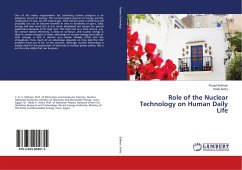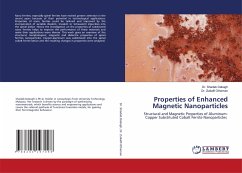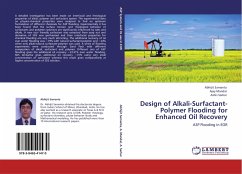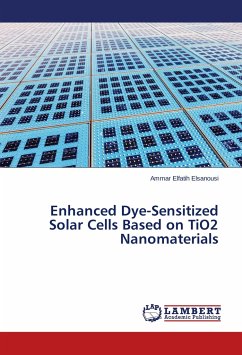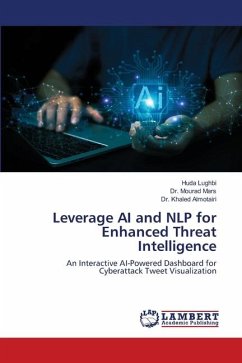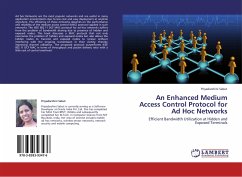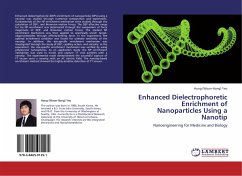
Enhanced Dielectrophoretic Enrichment of Nanoparticles Using a Nanotip
Nanoengineering for Medicine and Biology
Versandkostenfrei!
Versandfertig in 6-10 Tagen
32,99 €
inkl. MwSt.

PAYBACK Punkte
16 °P sammeln!
Enhanced dielectrophoretic (DEP) enrichment of nanoparticles (NPs) using a nanotip was studied through numerical computation and experiment. Fundamentals of the NP enrichment mechanism were studied through the calculation of DEP-, and Brownian motion forces. The DEP effective range for Au NP enrichment was determined through the comparison of force magnitude of DEP- and Brownian motion forces. The studied NP enrichment mechanism was then applied to specifically enrich target-oligonucleotides through affinity-binding force. In the experiment, the optimal enrichment condition was found for ultim...
Enhanced dielectrophoretic (DEP) enrichment of nanoparticles (NPs) using a nanotip was studied through numerical computation and experiment. Fundamentals of the NP enrichment mechanism were studied through the calculation of DEP-, and Brownian motion forces. The DEP effective range for Au NP enrichment was determined through the comparison of force magnitude of DEP- and Brownian motion forces. The studied NP enrichment mechanism was then applied to specifically enrich target-oligonucleotides through affinity-binding force. In the experiment, the optimal enrichment condition was found for ultimate sensitivity of the nanotip. In addition, the size-specific enrichment mechanism was investigated through the study of DEP, capillary action, and viscosity. In the experiment, the size-specific enrichment mechanism was verified by using polystyrene nanospheres. As an application study, the NP enrichment mechanism was used to enrich and capture T7 viral particles with a nanotip. The experimental result demonstrated the successful capture of T7 viruses onto a nanotip with an AC electric field. The nanotip-based enrichment method showed the highly sensitive detection of T7 viruses.



